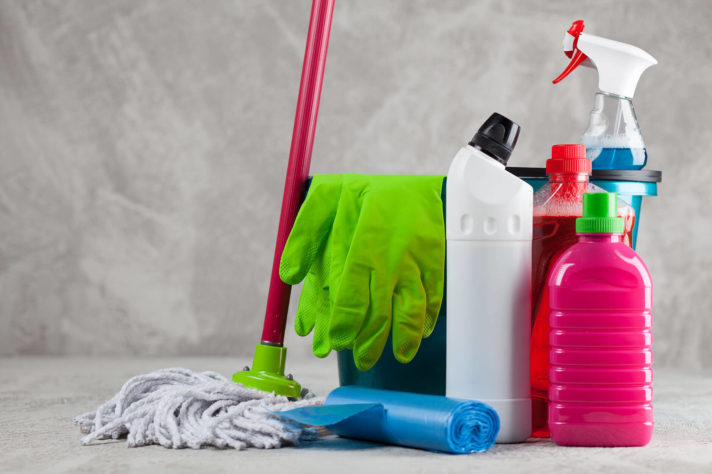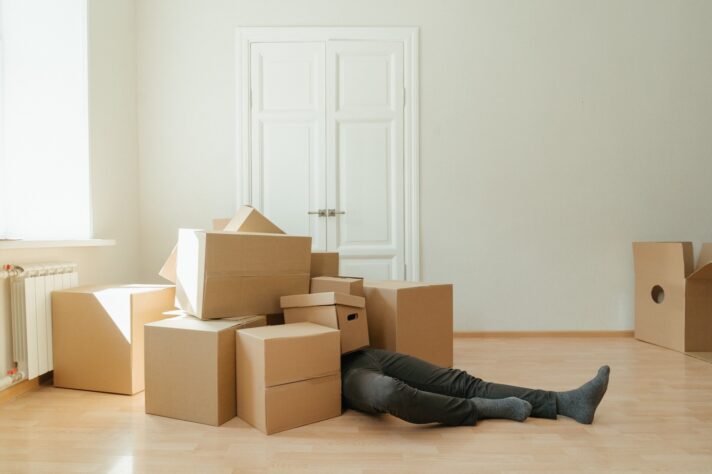Packing golf clubs for a move requires careful handling to ensure they arrive at your destination in good condition. Start by cleaning your clubs thoroughly to remove any dirt or debris. Next, protect the clubheads by covering them with headcovers or towels. Use a sturdy golf club travel bag or a hard-sided golf club case to provide extra protection. Arrange the clubs in the bag or case and fill any empty spaces with towels or clothing to prevent them from shifting during transit. Finally, make sure to secure the bag or case tightly to prevent any movement and potential damage.
The Ultimate Guide: How to Pack Golf Clubs for Safe Relocation
Preparing to relocate to a new fairway and looking for a fresh and exciting golfing adventure? This comprehensive guide has you covered on how to pack golf clubs for a safe and stress-free journey. Say goodbye to worries about dinged drivers and scratched putters! Let’s dive into the art of securing your valuable equipment during the big move.


Why Is It Important to Cushion and Pack These Items?
Cushioning and boxing up sports equipment is of paramount importance for several reasons. Firstly, golf clubs are precision instruments, and any damage to their shafts, heads, or grips can significantly impact your game’s performance.
Proper cushioning safeguards against the risk of dents, bends, or other forms of damage during transportation. Ultimately, a well-cushioned and packed set will ensure that they arrive at your destination in the same pristine condition as when you packed them, preserving their value and your ability to enjoy a great round of golf upon arrival.
Gather All the Necessary Packing Supplies
Before embarking on the journey of boxing up your golfing equipment for a safe relocation, it’s essential to gather all the necessary packing materials. Proper preparation ensures that your valuable golf equipment arrives at your destination in pristine condition. Here’s a checklist of different packing materials and all the relocation essentials you’ll need:
- Golf travel bag – your choice of a golf travel bag will depend on your specific needs and preferences, but you will need one to safeguard your items.
- Bubble wrap or foam padding – these materials provide crucial cushioning for your clubs, safeguarding them against shocks and impacts during transit. Wrap them carefully to prevent damage.
- Club head covers – these are essential for preventing club heads from clanging together and getting scratched. Make sure to cover each clubhead before packing.
- Sturdy boxes – if you opt not to use a golf travel bag, sturdy boxes are a viable alternative. Ensure they are appropriately sized and strong enough to protect your equipment during transit.
- Clothes or towels for wrapping – use clothing or towels for additional padding and protection. Wrap your equipment with these items to prevent any potential friction or movement within the bag or box.
- Duct tape and markers – duct tape is vital for securing your packaging from opening while in transit, and markers help label your boxes or bags, making it easy to identify them after your relocation or access them without delay at your future destination.
With these essential supplies in hand, you and your equipment will be ready for relocation to another city across the country in no time.
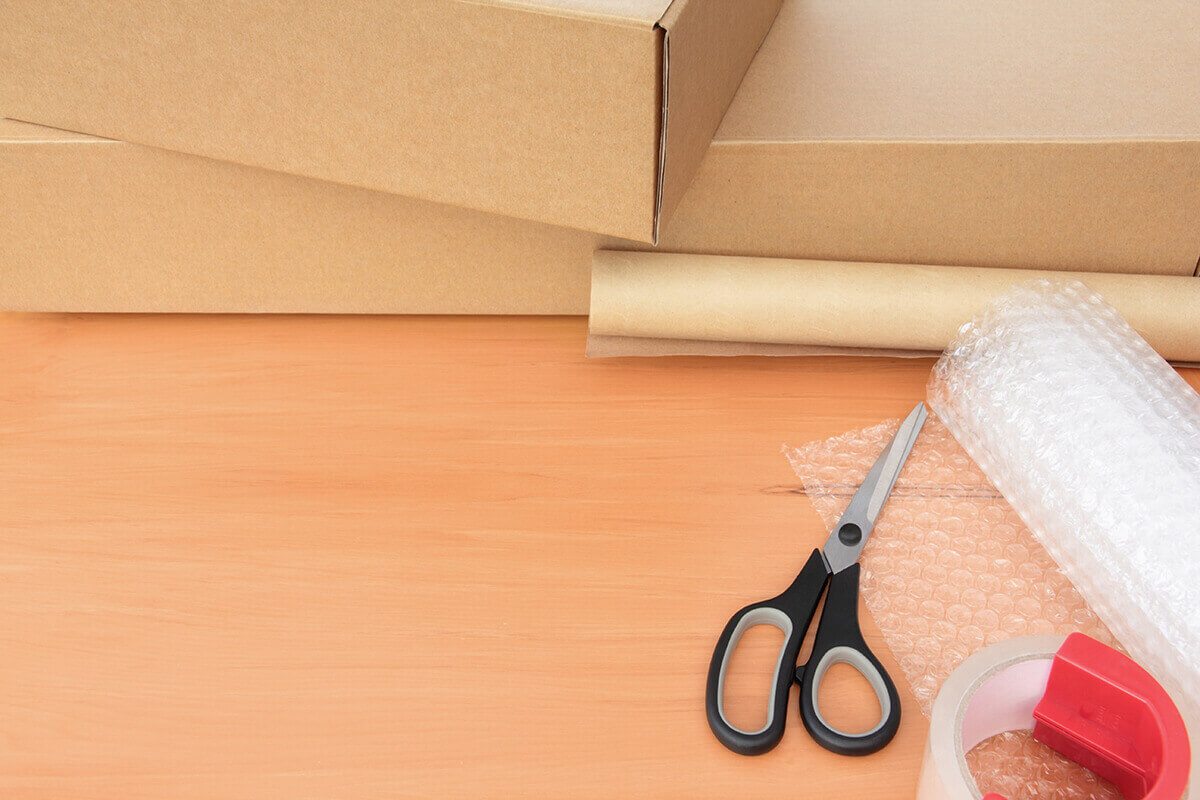

How to Pack Golf Clubs – Step-By-Step Instruction
When preparing your golf clubs for relocation to the new city, a meticulous boxing-up process is essential for safeguarding your valuable equipment. Here’s a thorough relocation guide to ensure your items reach their destination unscathed.
Begin With Cleaning Your Clubs
You should start by meticulously cleaning your golf clubs. Remove any traces of dirt, grass, or moisture from the surfaces and components. Cleaning your items not only maintains their appearance but also prevents potential damage from debris during transit.
Protecting Your Precious Clubheads
The objects’ most vulnerable parts require special care. Shield them from harm by using individual covers for easy relocation. These covers act as protective armor, preventing objects from knocking against each other and minimizing the risk of unsightly scratches.
Ensure the Integrity of the Shafts During Transit
To safeguard the integrity of your item’s parts, especially the longer ones such as shafts, consider using protective tubes or pipe insulation. These items add an extra layer of protection and stability, reducing the chances of bending or breaking during transit.
Cushioning the Grips and Positioning Clubs in the Travel Bag
Handles and grips require special care to prevent wear and damage. Wrap them with towels or bubble wrap to provide additional cushioning. When placing the items in your travel bag, arrange them according to your intended use. This organization not only keeps them in order but also minimizes the risk of items shifting and colliding with each other.
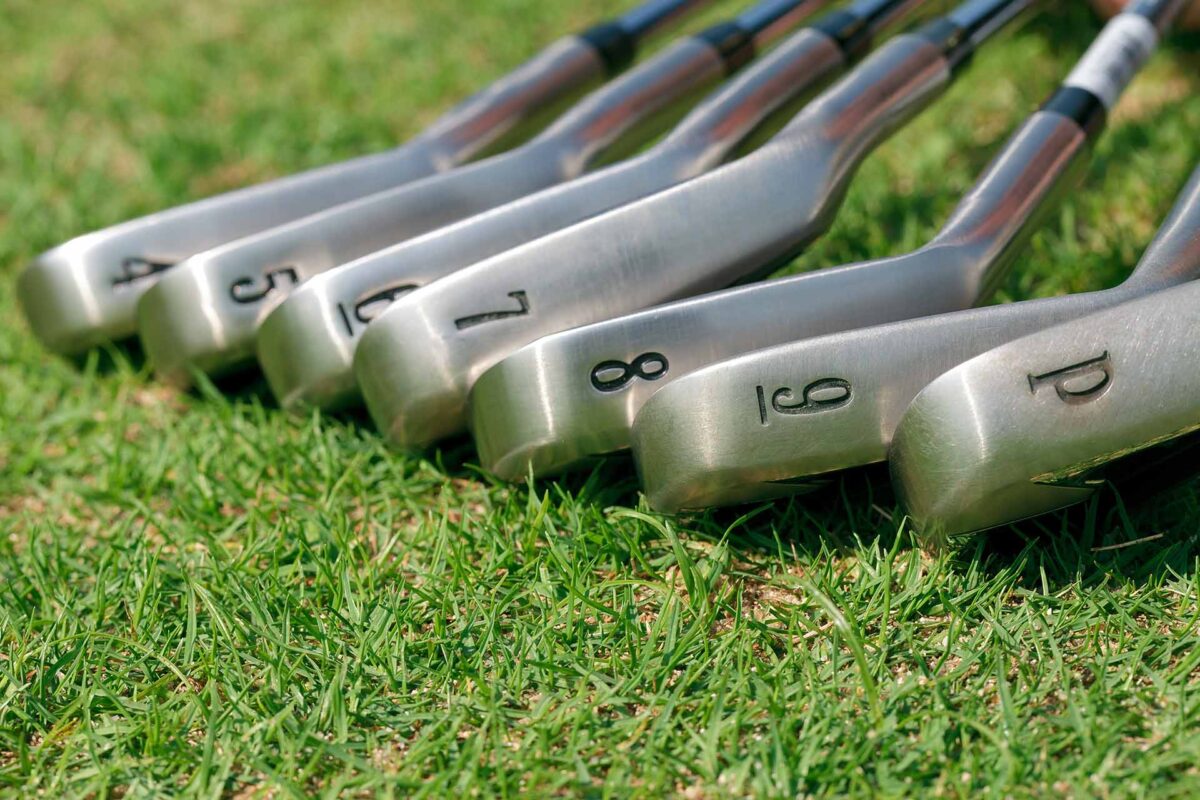

Carefully Choose Between Hard and Soft Travel Bags
Selecting the right travel bag is a critical decision that directly impacts the safety of your equipment. Your choice should align with your travel preferences, distance of your relocation, and the level of protection required.
Pros and Cons of Hard and Soft Travel Bags
Both bags have their unique advantages and disadvantages. Hard travel bags excel in providing maximum protection against impacts. They offer a robust shield for your items. However, they tend to be bulkier and heavier, which can affect convenience during travel.
Soft travel bags are more lightweight and flexible, making them a suitable choice for occasional travel. They are manageable and versatile but may provide slightly less impact protection compared to hard travel bags.
Moving
Our mission is to bring high quality, long distance moving services to every customer.
Packing
Our expert moving teams are trained to ensure the safety of your personal belongings.

Storage
Cross Country Moving Company is the most trusted name in auto industry in the country.
Properly Seal and Label the Packaging for Safe Handling
If you’re using a box to transport your golfing equipment, this step is essential. Use strong duct tape to secure the crate’s seams and edges, preventing any accidental openings during transit.
Additionally, label the crate clearly with its contents, destination, and any handling instructions such as “Handle with care” or “This side up.” Golf clubs are fragile items, and clear labeling helps movers and handlers identify the crate’s contents and handle it with the necessary care, reducing the risk of mishandling or damage.
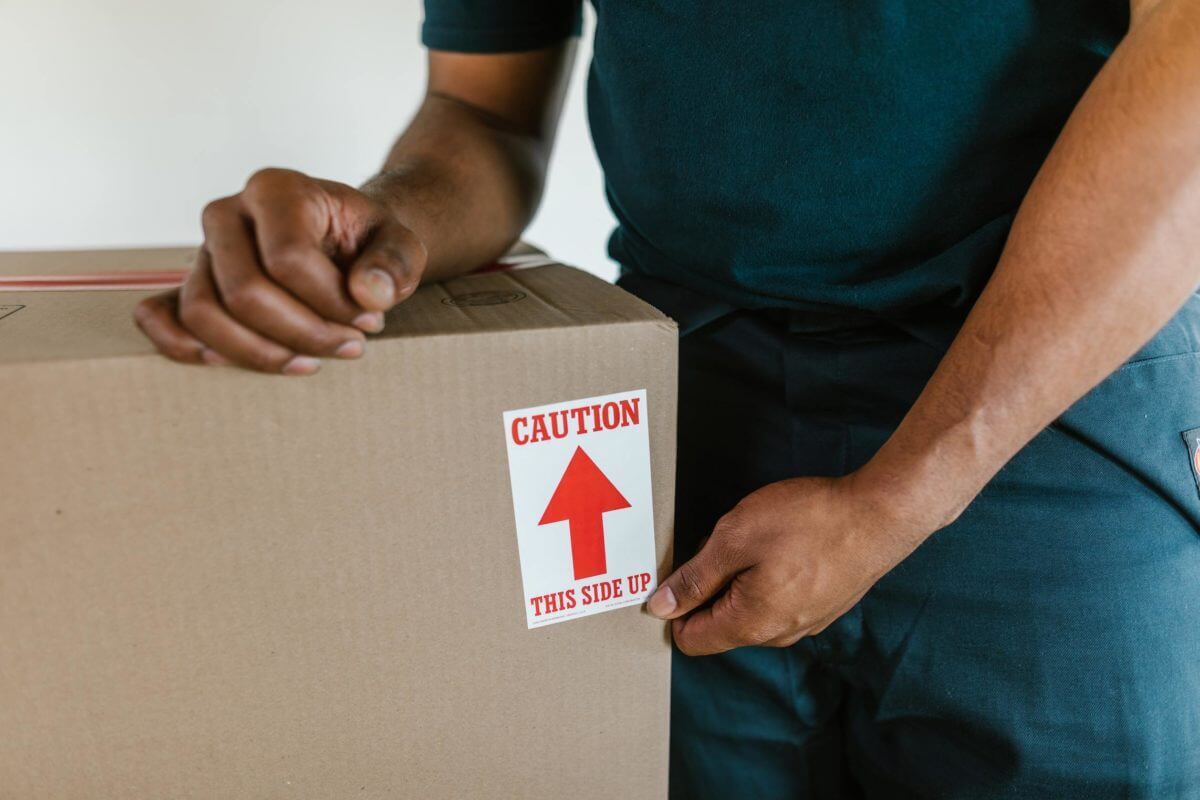

Hire Cross Country Movers to Do the Grunt Work for You
At Cross Country Moving Company, we understand that the prospect of a long-distance move can be overwhelming. That’s why we offer comprehensive relocation solutions designed to make your journey hassle-free. Our long-distance moving services are tailored to meet your unique needs, ensuring a smooth and efficient transition to your new destination.
We go the extra mile by providing a professional packing service, meticulously securing your cherished belongings for the shipping ahead. Your peace of mind is our priority, which is why we offer insurance coverage to safeguard your items throughout the entire process. With our trusted crew by your side, you can leave the grunt work to us, knowing that your relocation will be handled with the utmost care and expertise.


Fore! Safeguard Your Belongings for a Smooth Journey Ahead
Get ready to embark on a seamless journey with the Cross Country Moving Company as your trusted partner in safeguarding your cherished belongings. Our expertise will ensure that your items arrive at your new destination in impeccable condition.
Contact us today, and let us handle the logistics, allowing you to focus on the excitement of your upcoming adventure. With Cross Country Moving Company, you can trust that your valuable possessions are in capable hands, guaranteeing a smooth and stress-free transition ahead.
FAQ
Why Is It Important to Clean My Golf Clubs Before Packing Them?
When moving cross-country, it’s advisable to remove adjustable golf club parts, clean everything thoroughly, and pack them securely in a padded travel bag or case to prevent damage during transit. Dirt, debris, and moisture left on clubheads can cause corrosion and damage. Cleaning them ensures that they’re ready for action when you arrive at your destination.
Can I Use Regular Household Items for Padding Instead of Bubble Wrap or Foam?
While bubble wrap and foam pads provide excellent protection, you can use household items like towels or clothing as padding. These items provide cushioning and help prevent shafts from shifting during transit.
What's the Difference Between Hard and Soft Golf Travel Bags? Which One Is Better?
Hard travel bags offer superior protection and durability, making them ideal for frequent travelers and good long-distance moving solutions. Soft bags are more lightweight and compact, suitable for occasional use. The choice depends on the distance of your relocation and the level of protection you desire.
How Do I Pack My Golf Clubs if I Don't Have a Golf Travel Bag?
If you lack a golf travel bag, you can still protect your items by individually wrapping them in towels or bubble wrap and securing them with tape or rubber bands. Place them in a sturdy suitcase or box, ensuring they fit snugly and won’t move during transit.
Is There a Weight Limit for Golf Club Bags When Flying?
To ensure a smooth and hassle-free experience, it’s highly recommended that you take the time to check your specific airline’s baggage policy well in advance of your trip. This policy will outline any weight restrictions, size limits, and associated fees that may apply to your golf club bag as part of your checked luggage. By doing so, you can avoid unexpected surprises at the airport and plan accordingly to meet the airline’s requirements.
What Precautions Should I Take When Checking In My Golf Clubs at the Airport?
When checking in these items at the airport, arrive early to allow for extra time. Ensure your bag is securely packed and labeled with your contact information. Consider using a “Fragile” sticker to alert baggage handlers. Keep essential items like shoes and apparel in your personal luggage.
Can I Pack Other Golf Equipment (Like Balls, Tees, and Gloves) With My Clubs in the Travel Bag?
Certainly, storing additional equipment in the travel bag offers several advantages and makes your bag a creative storage solution. It not only streamlines your boxing-up process but also ensures that all your essential gear is conveniently stored in one place, making it easier to locate and access everything you need when you arrive at your future destination.
Can I Trust a Cross-Country Moving Service to Safely Transport My Golf Clubs?
Yes, a reputable cross-country or long-distance moving company will have experience handling sports equipment. Make sure to communicate your specific requirements for boxing up, handling, and protecting your clubs.
Do Long-Distance Movers Offer Insurance for Golf Equipment During Transit?
Many cross-country moving companies offer insurance options for your belongings, including sports equipment. Remember to inquire about insurance coverage and consider purchasing a full-value replacement policy to protect your valuable equipment.
